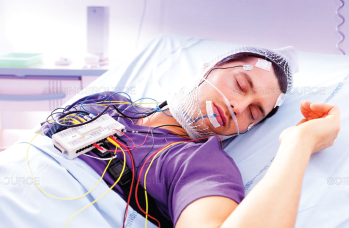Home Sleep Testing explained
Home sleep tests (also known as home sleep studies or HSATs) have both pros and cons.
Let’s explore them:
Pros of Home Sleep Tests:

-
Convenience: You can take the test from the comfort of your own home.
-
Affordability: Home sleep tests are more cost-effective compared to in-lab studies.
-
Unobtrusive: Unlike in-lab tests with wires and monitoring equipment, home tests are less intrusive.
-
Detects Sleep Apnea: HSATs can accurately diagnose obstructive sleep apnea (OSA) in some individuals.
-
Data Collection: They measure parameters like blood oxygen levels, heart rate, breathing effort, snoring vibrations, and airflow through the nose.
Cons of Home Sleep Tests:

-
Limited Data: Home tests collect less detailed data compared to in-lab studies.
-
No Lab Staff Support: You won’t have lab staff to troubleshoot issues during the test.
-
Self-Management: It’s up to you to ensure the device is properly worn and functioning.
-
Not Suitable for All: HSTs are restricted to adults and may not be suitable for everyone.
-
If you experience symptoms like loud snoring, witnessed apnea, excessive daytime sleepiness, or fragmented sleep, consider discussing home sleep testing with a healthcare professional.
